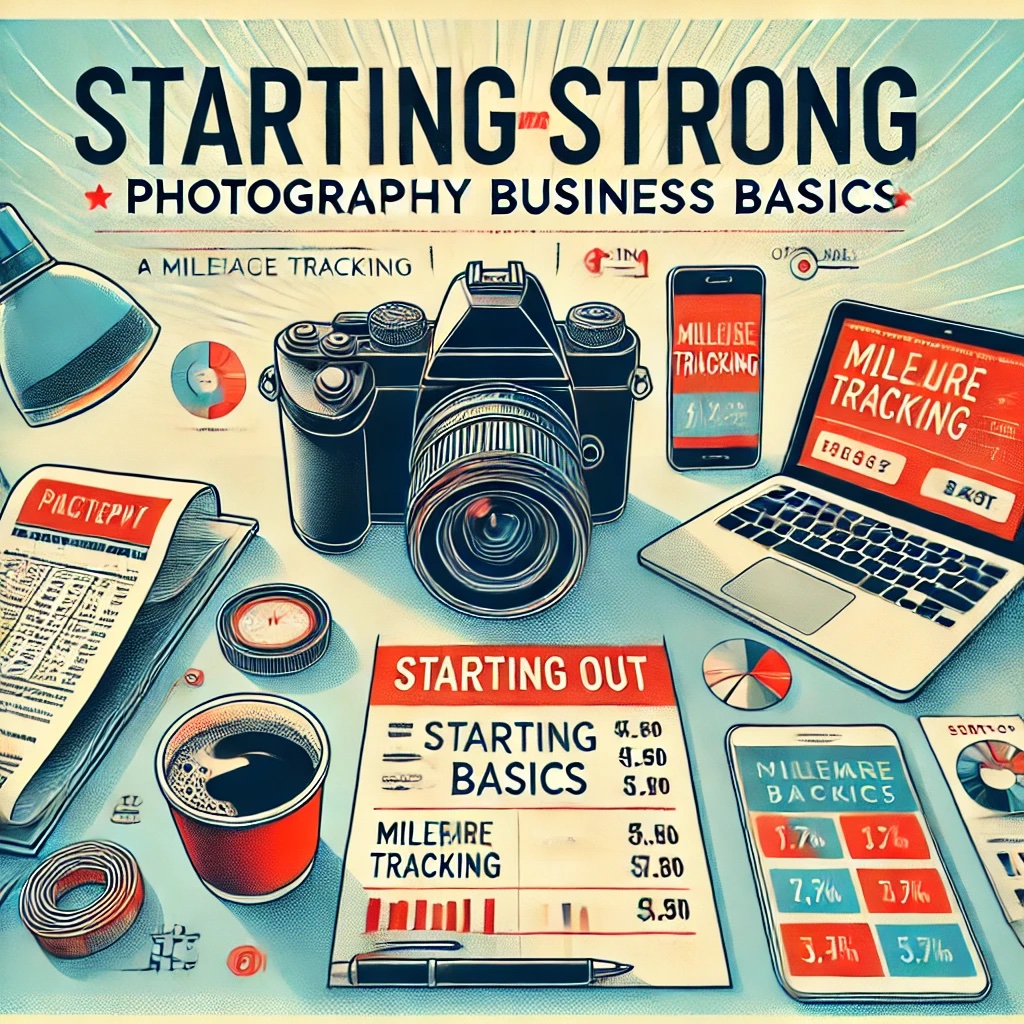I recently had the pleasure of meeting my NPPA mentee for the first time. She’s just starting in the photography business, and as we talked, it became clear that she had some basic questions about the business side of things. It reminded me how critical it is to get those foundational elements right. Here are a few key tips I shared with her to set her on the right track:
1. Keep Every Receipt in Your First Year
When starting, it’s better to over-document than miss something important. Save every receipt. Whether it’s for a lens you bought, software you downloaded, or even parking fees for a shoot, keep those records. At the end of the year, you can determine what’s deductible, but you can’t claim what you didn’t document.

2. Use Software to Track Your Transactions
I recommended a tool like Quicken to help her track every financial transaction—credit card purchases, debit card payments, checks, and deposits. By staying on top of this from the beginning, you’ll clearly understand your cash flow and be prepared for tax season. It’s also a good way to identify trends in your spending and adjust accordingly.

3. Log Your Mileage
If you use your car for business, those miles can add up to significant tax savings. I’ve been using the TripLog app, which makes tracking mileage effortless. Just remember to categorize your trips as personal or business so you can provide accurate records if the IRS asks.
Additional Tips for Starting Out
4. Separate Personal and Business Finances
One of the first steps is to open a dedicated business bank account and credit card. Mixing personal and business expenses can lead to confusion and missed deductions. Keeping them separate makes your bookkeeping cleaner and your accountant happier.
5. Invest in Insurance
Make sure you’re insured—both for your gear and your liability. Accidents happen, and having coverage can save you from financial disaster. Many organizations, like the NPPA, offer insurance options tailored for photographers.

6. Build a System for Organizing Files
Whether it’s client contracts, invoices, or your portfolio, create a system for storing and organizing your files. Use cloud storage solutions like Dropbox or Google Drive, and back everything up regularly. I recommend a 3-2-1 photo backup system—three copies of your files stored on two different media types, with one copy offsite.
7. Start Networking Early
Relationships are the backbone of any business, especially in photography. Join local photography groups, attend workshops, and don’t hesitate to reach out to potential mentors. You never know where your next client or collaboration will come from.
8. Learn the Basics of Contracts
Always use a contract for your jobs. It doesn’t have to be complex, but it should outline the scope of work, payment terms, and what happens if things don’t go as planned. A good contract protects both you and your client.
Final Thoughts
There’s a lot to learn when you’re just starting, and it can feel overwhelming. But you’ll set yourself up for success if you focus on building good habits early—tracking receipts, logging mileage, separating finances, and networking.
As I shared with my mentee, the key is to stay organized and proactive. Mistakes will happen, but the more prepared you are, the fewer surprises you’ll face. Remember, asking questions and seeking guidance, as my mentee did, is a significant first step in growing as a photographer and a business owner.

